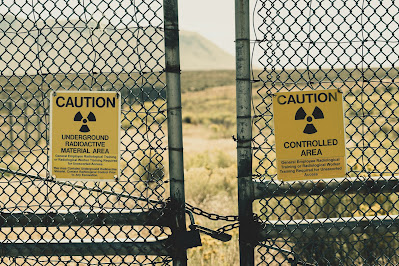="font-size: large;">
Which common earth crop would fare better in the harsh conditions of space - the tomato or the potato? have long been dietary staples on Earth. But… Which one of these will be better suited to the harsh conditions of space? This article will explore the possibility of using tomatoes and potatoes as space crops and also discuss which one may be better for an astronaut’s health.
Nutritional Value:
Despite their small size, tomatoes contain more vitamin C than potatoes. Apart from Vitamin C, they are also high in potassium, and vitamin K. These nutrients provide astronauts with important nutrients. Similar to tomatoes, potatoes are also low in calories but are rather high in vitamin C and potassium. Though they don’t contain much vitamin K, they do contain more carbohydrates than tomatoes which would be beneficial in space. Tomatoes lycopene; is an antioxidant that has been shown by recent studies to have positive health effects. Also, research shows that lycopene has adverse effects on the effect of radiation on astronauts. Potatoes are often preserved to maintain their nutritional value for a long period but tomatoes may eventually lose vitamin C and other nutrients if they are not properly kept in the conditions in space.
Growth Requirements
Tomatoes:
Tomatoes can grow using hydroponics or aeroponics which do not require soil to grow. Growing tomatoes is less resource-intensive than growing potatoes. The growth habit of tomatoes is suitable for space conditions as they can be harvested at different times and a longer harvest period while potatoes while potatoes are a single harvest. Compared to potatoes, tomatoes are much more tolerant than potatoes of variations in light, temperature, water availability, and conditions.
Potatoes:
Potatoes require soil to grow (or a soil substitute). Transporting soil to space is difficult because it uses up mass limits on spacecraft. Also, potato plants require more space than tomato plants. As spacecraft and space vehicles such as the International Space Station (ISS) have a lack of space, this will be a huge challenge for growing potato crops.
Therefore, as previously mentioned, tomatoes ultimately use less resources to grow than potatoes.
Ease of Preparation
Tomatoes only require washing before eating whereas potatoes usually need to be cooked before eating. As cooking requires fuel and equipment, it is not suitable for space missions. Also, tomato sauces, soups, or pastes could provide a variety to astronauts’ diets and may require less preparation whereas potatoes will need more equipment to be prepared and cooked. Diced or whole tomatoes could easily be added to food items in space while potatoes need to be prepared, cooked, and cut/sliced to be incorporated into meals. Leftover tomato peels, seeds, and other parts of the tomato can easily be composted. However, as space is a closed life support system, potato and potato parts will be hard to dispose of.
Crew Preference
Surveys of the food types astronauts prefer have found that tomatoes are a highly popular option whilst the opinions found in the survey on potatoes are more mixed. The flavour profile of tomatoes may be a better option than starchy potatoes due to palate fatigue experienced in long space missions. However, it must also be taken into account that cultural or regional food traditions may make them like one dish more than the other. Access to fresh tomatoes could help with addressing astronauts’ reported wants for fresh, earth-like foods.
Conclusion
While both tomatoes and tomatoes are suitable for space crops, tomatoes appear to have advantages in nutrition, growth requirement, preparation needs and crew preference. This makes tomatoes a suitable diet option, especially for long-term space missions. Further research could help realize their potential to supply the fresh food astronauts have always wanted in space.
Citations:
Bailey, B. H., et al. "Food preferences of astronauts after long-duration spaceflight." Nutrients 11.4 (2019): 787.Hashimoto, Y., et al. "Astronaut diet requirement for long-duration missions." Journal of Food and Nutrition Research 6.3 (2018): 143-149.
Wheeler, R. M. "Vegetables for controlled ecological life support systems: I. Introduction and lettuce." Advances in space research 22.2 (1998): 183-190.













Comments
Post a Comment